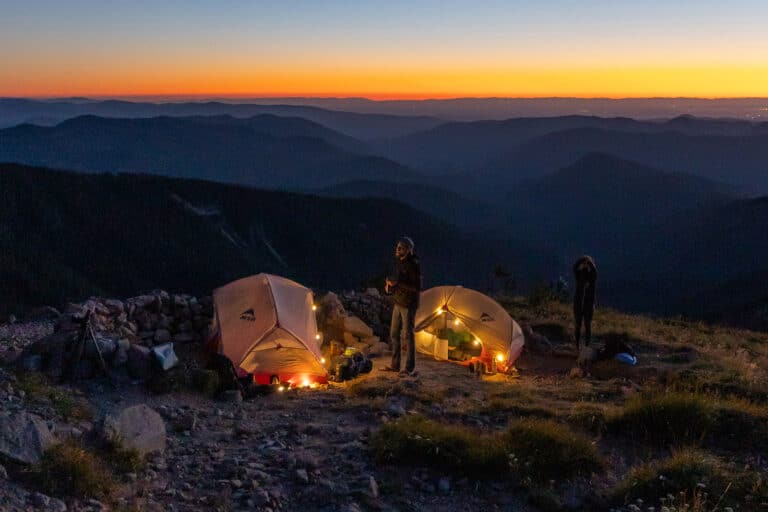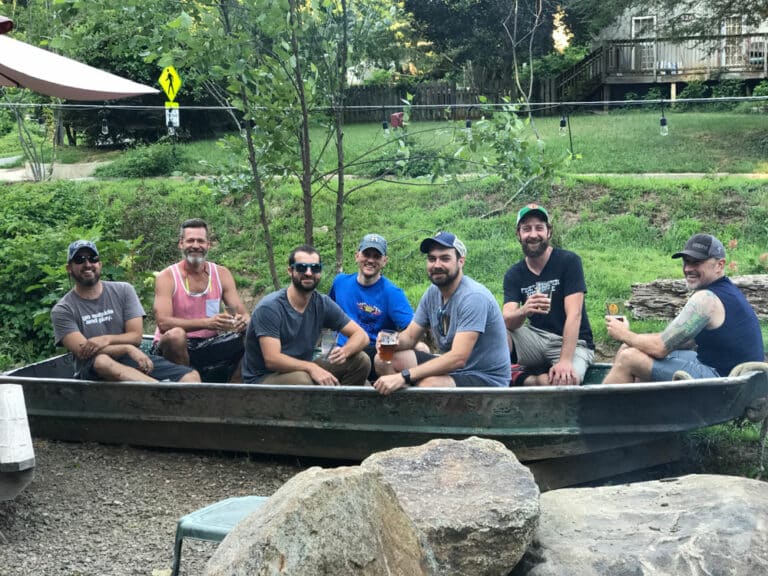Wilderness areas may be popular with hikers, but maintaining trails through those areas is a different story. Because of the heightened restrictions surrounding Wildernesses, no vehicles can be used to access Wilderness trails and no power tools can be used to perform maintenance. In recent years, the U.S. Forest Service hasn’t had the budget or staff to maintain many of its Wilderness trails. As a result, the maintenance burden has been shouldered by trail clubs, whose volunteers are similarly taxed to keep up with the maintenance demands of our forest’s more accessible trails. Long story short: most of our Wilderness trails are in bad shape.
 “Most Wilderness trails have lots of blowdowns and overgrown corridors,” says Jeff Hunter, a field coordinator for the Southern Appalachian Forest Coalition. “There just simply aren’t enough volunteers to keep up with the maintenance.”
“Most Wilderness trails have lots of blowdowns and overgrown corridors,” says Jeff Hunter, a field coordinator for the Southern Appalachian Forest Coalition. “There just simply aren’t enough volunteers to keep up with the maintenance.”
In July, at a trail summit in Asheville, N.C., nearly a dozen of the largest trail maintenance clubs in the South joined forces to create the Southern Appalachian Wilderness Stewards (SAWS), an independent group that will identify the Wilderness trails that need the most work, provide crosscut saw certifications to maintainers, and drum up volunteers.
“Yes you’re working deep in the backcountry, yes you’re working with your hands instead of power tools, yes it’s difficult to maintain a mile of Wilderness trail…but the challenges are also the appeal,” says Bill Hodge, director of SAWS. Visit trailcrews.org for more information.







